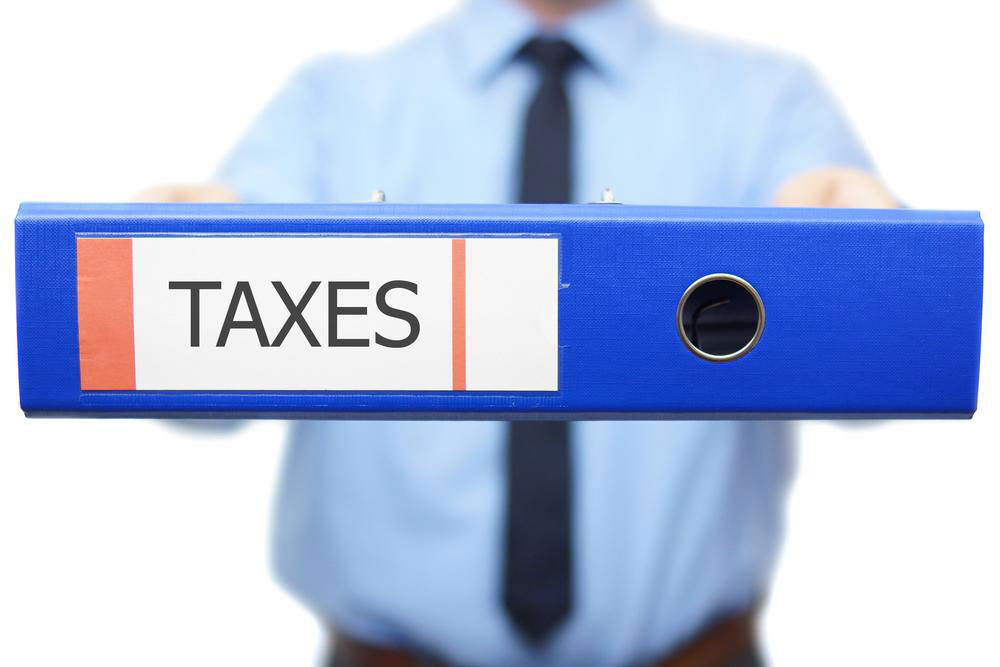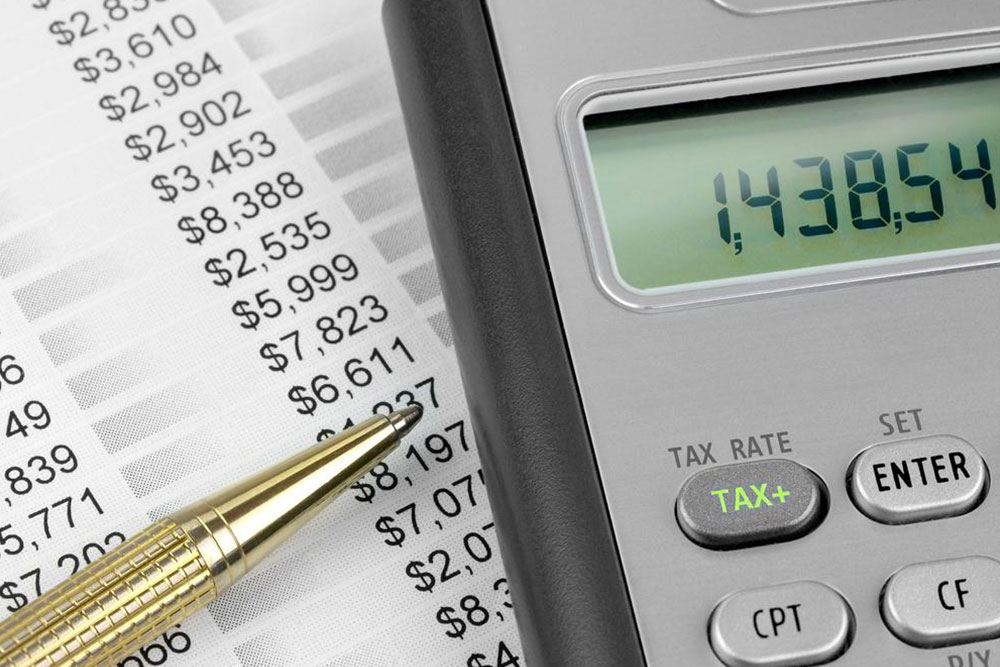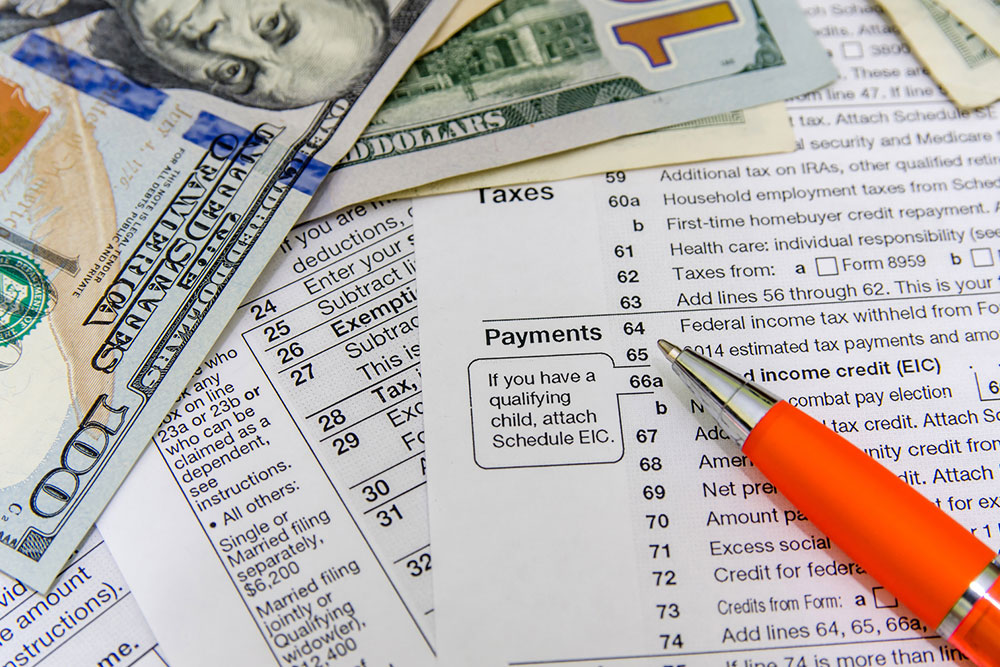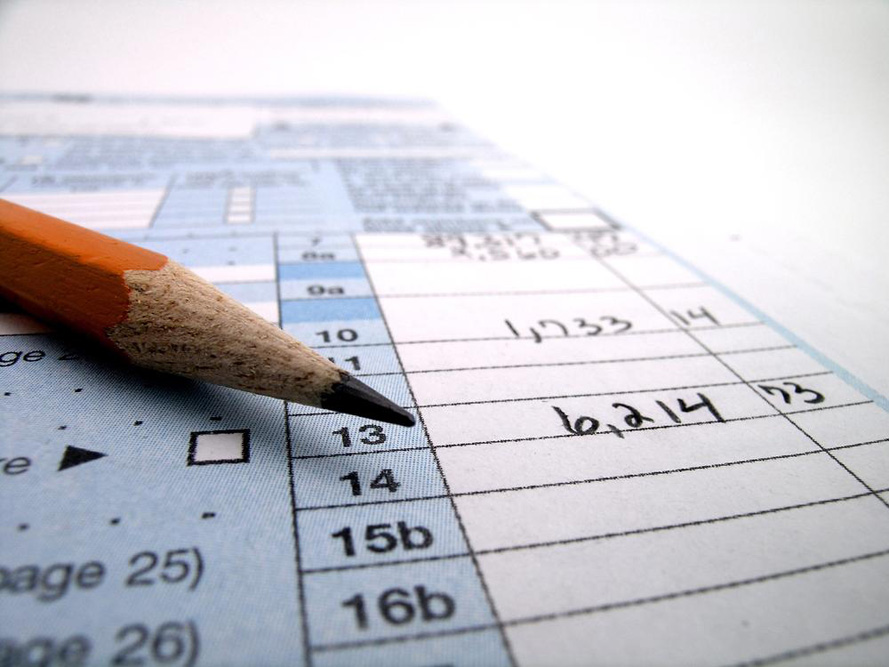Guide to Tax-Deductible Noncash Donations: Essential Tips and Regulations
Learn essential tips for maximizing tax deductions through noncash charitable donations. This guide covers documentation, valuations, and IRS rules for items like clothing, appliances, real estate, and vehicles. Proper preparation ensures you can claim these deductions accurately and benefit from tax savings while supporting your community. Understand the necessary acknowledgments, appraisals, and recordkeeping to streamline your donation process and avoid issues during audits.

Guide to Tax-Deductible Noncash Donations: Essential Tips and Regulations
Donating to charities not only benefits the community but can also reduce your tax burden. Besides cash donations, you can claim deductions for noncash items like clothing, household goods, real estate, and vehicles. While cash contributions are straightforward to document, noncash donations require proper documentation, appraisals, and acknowledgments for IRS processing. If you're considering giving away noncash assets but are unsure about the rules, this guide will clarify what’s needed to maximize your tax benefits.
Continue reading to learn key steps that simplify claiming deductions for noncash donations.
Prepare a detailed list of the items you plan to donate, including descriptions, estimated values, donation dates, and the charity’s name and address. Record how you determined the value, as this information is necessary when filling out Form 8283 for your tax return.
Assess the condition of each item to ensure they are in good working order. The IRS accepts deductions only for items in decent condition. For common donations like clothes or furniture, refer to valuation guides provided by organizations like Goodwill or Salvation Army. Keep receipts for new, unused items to support their worth.
The IRS generally requires items in usable condition for deductions. Damaged or broken items, such as a non-functioning appliance, aren’t eligible. Getting items appraised can help establish their fair market value, especially for high-value items exceeding $5,000. For such donations, a written appraisal from a qualified appraiser, along with an acknowledgment from the charity, is mandatory. Cash receipts should be retained for donations of groceries or food, and taking photos is recommended to substantiate larger donations in case of an audit.
For donations valued over $250 but less than $5,000, obtain a written acknowledgment from the charity indicating item descriptions, whether any goods or services were exchanged, and their estimated value. Donations of vehicles, boats, or planes are subject to specific rules; the deduction is based on the sale proceeds if these items are sold by the charity, not their fair market value. Always seek professional appraisal for high-value noncash assets to ensure proper documentation and maximum benefit.










